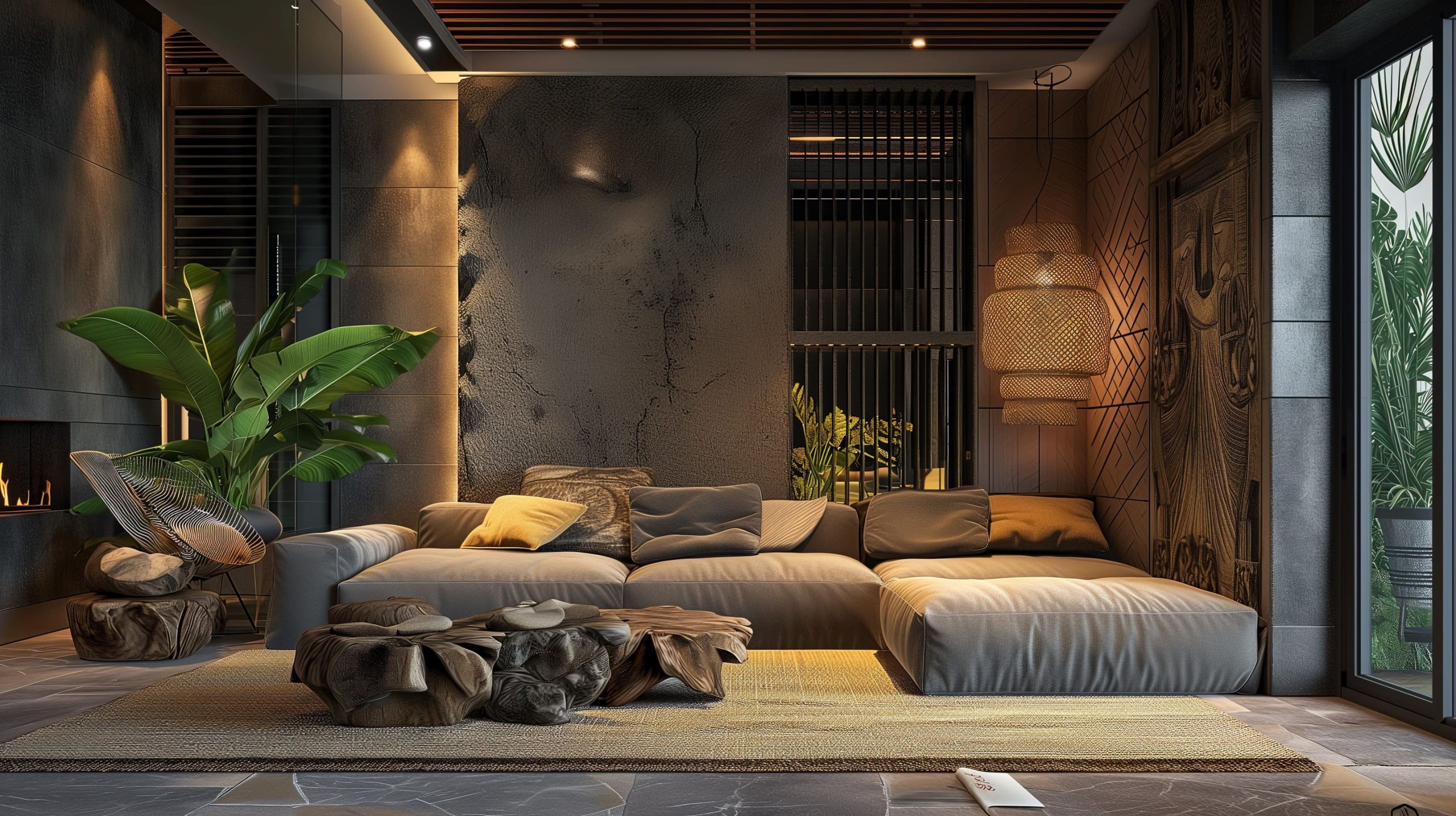Change Your Home With Important Principles of Interior Style and Looks
By understanding the influence of color theory and the significance of appearance and patterns, one can develop areas that are not only aesthetically attractive yet additionally deeply personal. Achieving this stability includes more than mere decoration; it incorporates a strategic setup and a keen understanding of how each aspect communicates within a room.
Recognizing Shade Concept
Color concept is a fundamental facet of indoor design that dramatically influences state of mind, assumption, and overall aesthetic. Recognizing the concepts of color concept allows designers to produce spaces that reverberate psychologically with residents while satisfying functional needs (miami luxury interior design). Colors can be categorized right into 3 primary kinds: key, second, and tertiary. Each category plays a critical role in establishing harmony within an area.
The mental influence of colors is extensive; warm colors such as reds and oranges stimulate power and warmth, while amazing tones like blues and eco-friendlies advertise peace and tranquility. The usage of complementary colors improves aesthetic passion, developing striking contrasts that can boost an area's allure.
Neutral colors, on the other hand, work as a versatile backdrop, allowing various other design elements to shine. It is important to consider elements such as lighting and the room's purpose when selecting a color palette, as these can alter the perception of shades throughout the day.
Eventually, a well-considered color design can transform an area, cultivating a sense of convenience and style that straightens with the citizens' preferences. Mastery of shade theory is, as a result, an essential ability for any type of indoor developer aiming to create harmonious and welcoming settings.
Accomplishing Balance in Design
Just how can developers achieve a sense of balance in their areas? Accomplishing balance in layout is fundamental to creating unified interiors.
Asymmetrical equilibrium, on the other hand, counts on differing components that still accomplish a natural look. This approach enables more dynamic and casual arrangements, supplying rate of interest while maintaining balance. By thoroughly picking differing sizes, shades, and textures, developers can create a visually engaging room that feels well balanced yet energetic.
Radial equilibrium emphasizes a central centerpiece with elements emitting outside. This style is typically seen in round formats, where furniture and design produce a natural surround that draws the eye internal.
Ultimately, achieving balance calls for thoughtful factor to consider of range, percentage, and the relationships between elements. interior design firms. By masterfully using these equilibrium concepts, designers can transform spaces right into atmospheres that feel both aesthetically pleasing and functionally harmonious, enhancing the overall experience for owners
Importance of Spatial Recognition

An eager feeling of spatial awareness allows designers to identify prime focus within an area, assisting the audience's interest to vital functions while maintaining an overall sense of unity. It likewise aids in the critical positioning of lighting, which can drastically this page affect the understanding of area and state of mind. Additionally, understanding spatial relationships allows the developer to cater to the certain needs of occupants, guaranteeing that each area offers its desired purpose without endangering aesthetic appeals.
Inevitably, spatial recognition is crucial for taking full advantage Recommended Site of the potential of any indoor room. By meticulously thinking about the interaction between measurements, design, and feature, designers can produce atmospheres that not just meet functional requirements but also evoke a sense of convenience and elegance, boosting the overall living experience.
Integrating Texture and Patterns
Embracing a diverse range of textures and patterns can dramatically improve the visual and tactile allure of an interior area. The strategic use various products-- such as timber, metal, textile, and rock-- produces deepness and passion, making a room really feel extra welcoming and vibrant. For example, integrating smooth surface areas with rough textures can develop an equilibrium that draws the eye and engages the detects.
When integrating patterns, think about both range and rep. Big patterns can function as focal points, while smaller sized, subtle styles can enhance other aspects without frustrating the room. Layering patterns, such as pairing flower paddings with candy striped tosses, adds intricacy and a sense of consistency if implemented thoughtfully.
It is also important to preserve a natural shade scheme, guaranteeing that structures and patterns interact instead of complete for focus. By picking a couple of key appearances and patterns, you can create an unified aesthetic that shows your personal style while boosting the total atmosphere of the room. Eventually, the careful unification of these elements can more info here change a mundane room right into a sophisticated atmosphere abundant with personality and warmth.
Individualizing Your Space
Creating a room that reflects your personality is important to accomplishing a truly welcoming setting. Personalization in interior layout enables you to infuse your special style and rate of interests into your home, changing it from a mere sanctuary right into a haven that talks with who you are. Begin by picking a color combination that resonates with your feelings-- vibrant colors can energize, while soft tones supply serenity.
Include artwork and style that show your passions, whether it be traveling, nature, or abstract concepts. Showing individual collections, such as books, pictures, or souvenirs, can stimulate cherished memories and develop centerpieces within a space. Additionally, take into consideration customizing practical items, like upholstered furniture, to straighten with your visual preferences.

Final Thought
To conclude, the change of a home via the necessary concepts of interior decoration and aesthetic appeal demands an extensive understanding of shade theory, balance, spatial recognition, texture, and customization. Each element contributes substantially to developing an unified and useful living environment - miami interior design. By thoughtfully integrating these principles, individuals can improve the visual charm and emotional resonance of their rooms, inevitably cultivating a home that reflects unique identities while providing comfort and functionality
 Michael Bower Then & Now!
Michael Bower Then & Now! Patrick Renna Then & Now!
Patrick Renna Then & Now! Macaulay Culkin Then & Now!
Macaulay Culkin Then & Now! Richard Thomas Then & Now!
Richard Thomas Then & Now! Lacey Chabert Then & Now!
Lacey Chabert Then & Now!